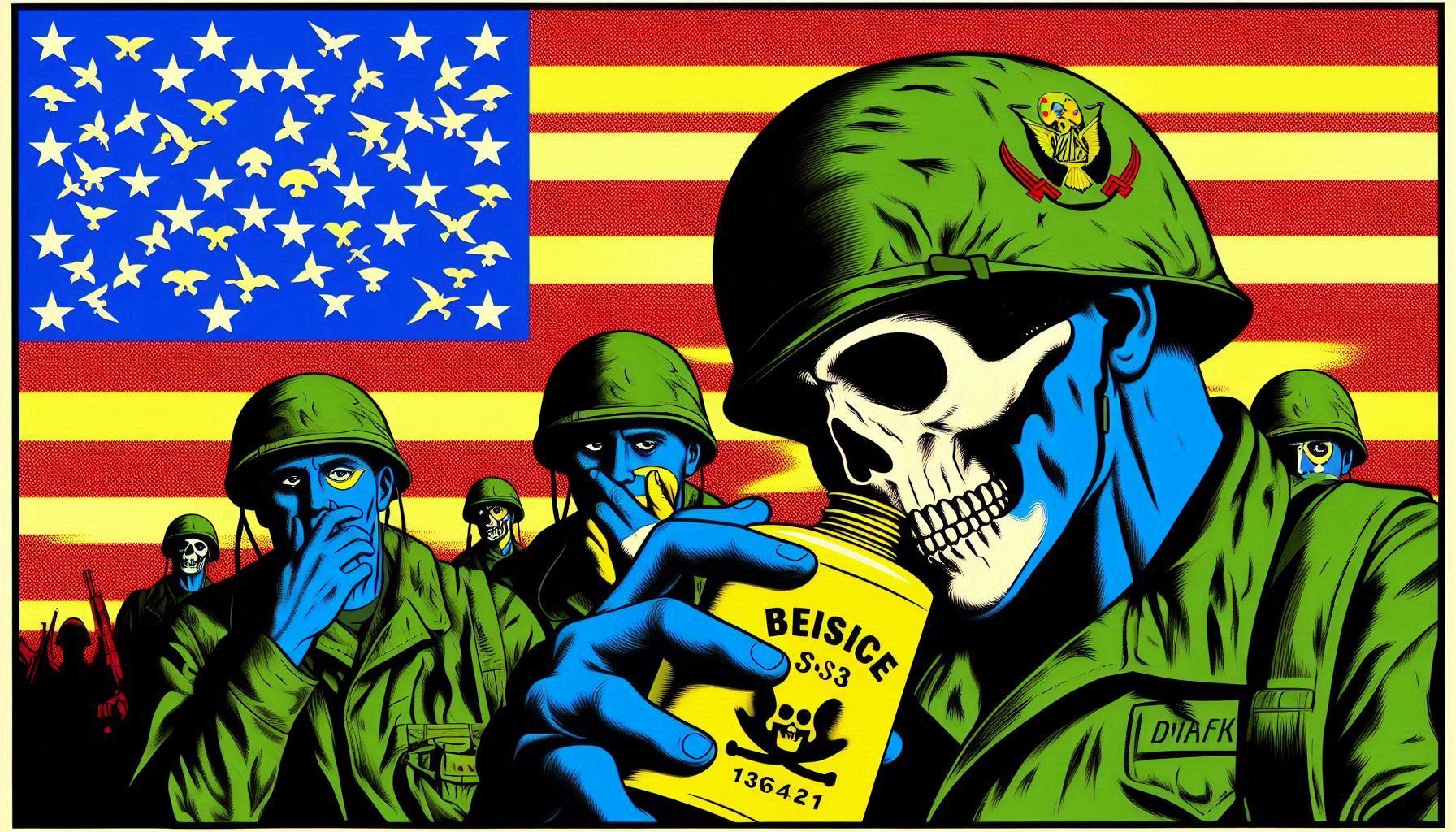For over six decades, military personnel have bravely served our nation, often under the harshest conditions imaginable. Yet, many return home not only bearing the invisible scars of combat but also the heavy burden of toxic exposures. This crisis has quietly affected the health of countless veterans and their families, and it requires immediate attention from both commercial and civilian healthcare institutions.
The Unseen Enemy
When we think of threats faced by military personnel, we often envision combat scenarios. However, the real danger may lie in the chemicals, fumes, and pollutants encountered during service. From Agent Orange in Vietnam to the burn pits in Iraq and Afghanistan, toxic exposures have permeated military life. These toxins can lead to chronic illnesses, neurological disorders, and a concerning rise in certain cancers, impacting veterans and their families alike.
As highlighted in recent discussions around the PACT Act (Promise to Address Comprehensive Toxics Act), there is a growing acknowledgment of the long-term health impacts of these exposures. The PACT Act aims to streamline benefits for warriors affected by toxic substances, but addressing this issue requires more than just legislative action—it demands a systemic approach from the entire healthcare ecosystem.
The Ripple Effect
The consequences of toxic exposures extend beyond individual veterans. They ripple through families and communities and even into the healthcare system. The broader economic implications are significant. The costs associated with treating service-related illnesses are staggering. If we neglect to act, we’re not just failing our veterans; we’re setting ourselves up for an even larger fiscal burden. Every dollar spent on effective healthcare and support for warriors is an investment in a healthier future for our communities. When warriors are healthy, they can contribute positively to society, driving innovation and growth.
The Role of Healthcare Institutions
Commercial healthcare institutions play a crucial role in this narrative. They stand at the frontline of this crisis, equipped with the resources, expertise, and infrastructure needed to create meaningful change. Here’s how they can step up:
- Education and Awareness: Healthcare professionals must be trained to recognize and understand the effects of toxic exposures. This involves more than diagnosing conditions; it requires awareness of military history, risks, and the unique healthcare needs of veterans.
- Collaborative Care Models: Partnerships between military and civilian healthcare systems are essential. These collaborations can facilitate smoother transitions for Veterans, integrating health records and ensuring a unified approach to treatment tailored to their unique needs.
- Research and Innovation: The healthcare community can drive research into the long-term effects of toxic exposures. Funding studies and developing new treatment protocols can illuminate pathways to healing. This is where innovation meets necessity.
- Advocacy and Policy Change: Healthcare institutions have a platform to advocate for systemic changes. By lobbying for better policies and increased funding to address toxic exposures, they can influence decision-makers at all levels.
A Call to Action
The issue of toxic exposures among military personnel cannot be ignored. It is a call to action for all of us—healthcare professionals, policymakers, and citizens.
Imagine a world where veterans receive timely and effective care for the hidden wounds of their service. Picture a healthcare system that not only treats these individuals but actively works to prevent further exposure to toxins, advocating for safer practices both in and out of military settings.
This vision is attainable but requires a paradigm shift in how we view veteran care. We must move beyond acknowledgment and take actionable steps toward comprehensive solutions. The time for passive concern is over; we need active engagement.
Let's Start Now
The legacy of service and sacrifice should be met with unwavering support from all corners of society. It’s time for commercial healthcare institutions to recognize their role in this critical issue. By addressing the silent crisis of toxic exposures among military personnel, we honor their commitment and ensure they receive the care they deserve. The PACT Act is a step in the right direction, but it is just the beginning. This is our collective responsibility, and it’s time we act on it. The lives of our veterans—and the health of our communities—depend on it.


